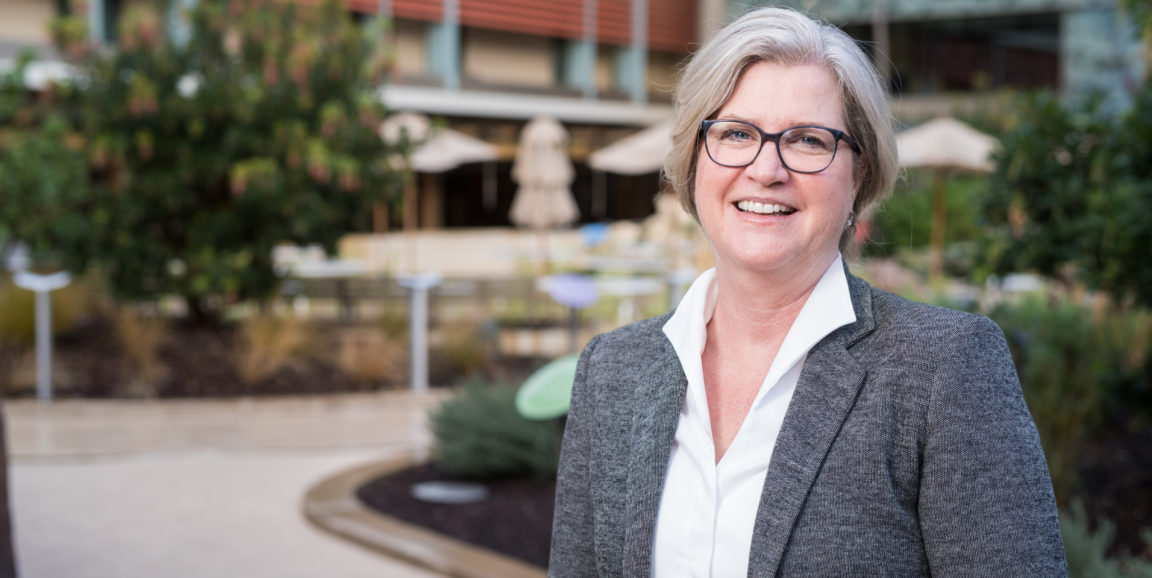My favorite moment in the Harry Potter series is the sorting hat scene from Harry Potter and the Sorcerer's Stone, when all the new Hogwarts students are magically sorted into their houses. After a few moments of sitting in suspense with the chatty sorting hat on his head, Harry ends up in Gryffindor with his friends Ron and Hermione. Phew!
Because I get to interview people who love their jobs, I like to ask how they "got sorted" into the work they do. I received an especially interesting answer during a recent conversation with Kimberly Pyke-Grimm, PhD, a nurse-scientist at Lucile Packard Children's Hospital Stanford.
My story explains:
When Pyke-Grimm began working in pediatric oncology, she was struck by the painful uncertainties families faced as they made treatment choices for their children. Parents might agonize over whether to enroll a young child in a clinical trial, grapple with the choice between different cancer treatments or battle complicated feelings while deciding on end-of-life care.
'As a bedside nurse, I really bore witness to them struggling to make some of those decisions,' Pyke-Grimm said.
...Pyke-Grimm... earned a master's degree in nursing, an experience that hooked her on nursing research. When [she and her husband] moved to Winnipeg, Canada, in 1991, Pyke-Grimm collaborated with Lesley Degner, PhD, a professor of nursing at the University of Manitoba. Degner studied decision-making in adults with cancer. Together, she and Pyke-Grimm extended these investigations to parents of young kids with cancer.
'I was so very fortunate, working with Lesley,' Pyke-Grimm said. "I felt like, 'This is my home: decision-making research.'
Today, Pyke-Grimm has extended her research to ask how teenagers and young adults with cancer make decisions about their care. She spends 40 percent of her time on research and 60 percent on clinical care, and continues to bring a nurse's perspective to her research:
Almost every day that I work as a clinical nurse specialist, I think 'We should study that!' or 'Why is it we're doing it this way?'
Photo by




